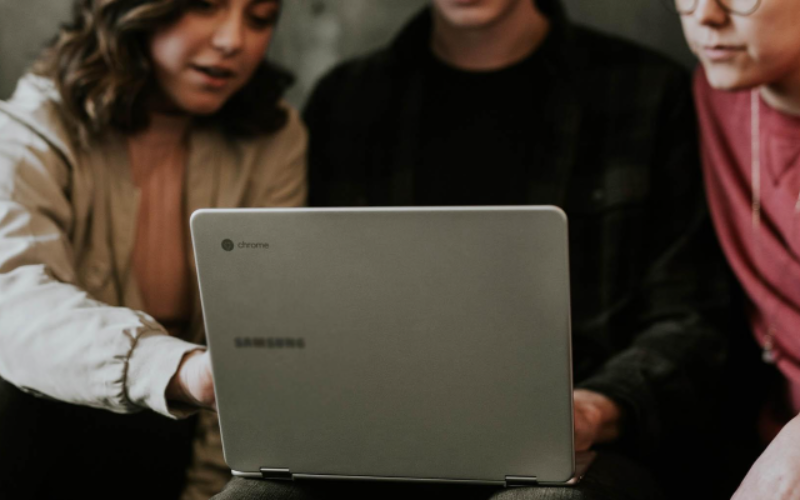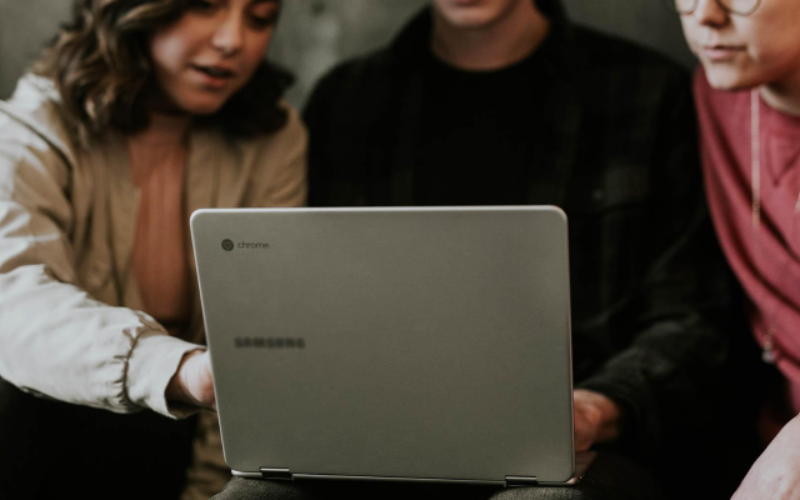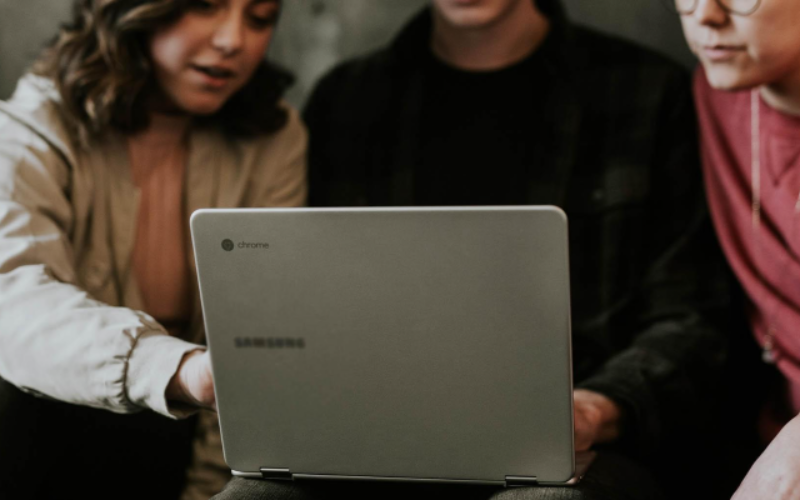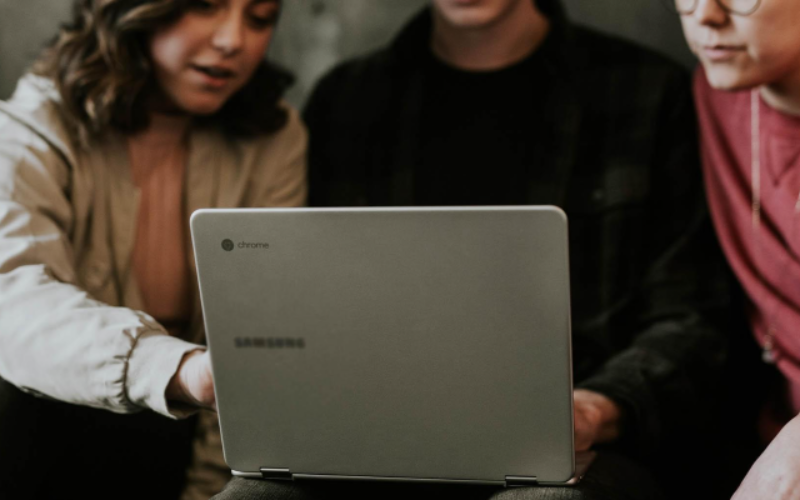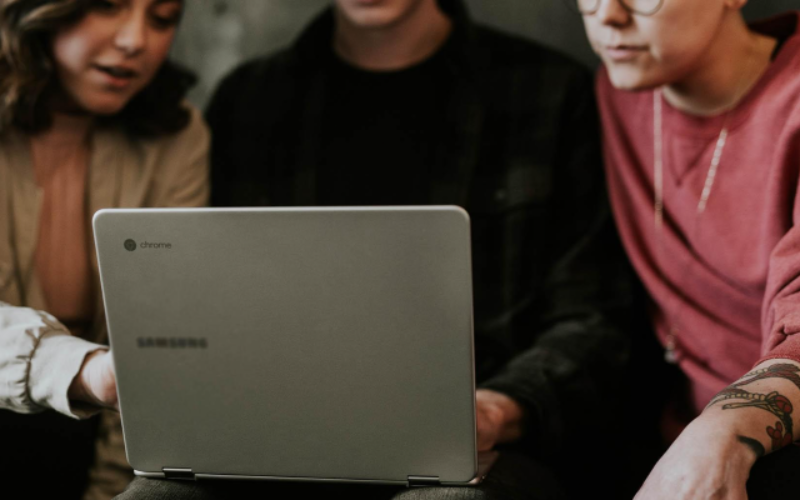07.07.2025
When visitors land on your website, they form an impression within milliseconds. Before they read a single word or click a button, they begin making subconscious judgments—much of which is driven by color. The colors you choose in web design don’t just affect aesthetics; they influence how users feel, behave, and interact with your brand.
In this article, we’ll explore the psychological impact of color in web design, how it affects user experience (UX), and practical tips to make informed color choices that align with your brand goals.
Why Color Psychology Matters in Web Design
Color psychology is the study of how hues influence human behavior. In web design, color is more than a decorative choice—it is a strategic tool that can:
-
Trigger emotions and perceptions
-
Drive actions (like clicks or purchases)
-
Build brand recognition
-
Improve usability and readability
According to research by the Institute for Color Research, people make a subconscious judgment about a product or environment within 90 seconds, and up to 90% of that judgment is based on color alone.
The Emotional Meaning of Colors
Different colors evoke different feelings. Here’s a breakdown of common color associations in web design:
Blue
-
Emotion: Trust, calmness, professionalism
-
Commonly used by: Tech companies, banks, healthcare
-
Why: Blue is universally liked and associated with security and reliability.
-
Example: Facebook, LinkedIn, PayPal
Red
-
Emotion: Urgency, passion, excitement
-
Commonly used by: Food, entertainment, fashion
-
Why: Red increases heart rate and encourages action.
-
Example: YouTube, Coca-Cola, Netflix
Green
-
Emotion: Growth, health, nature, prosperity
-
Commonly used by: Eco-friendly brands, finance, wellness
-
Why: Green symbolizes freshness and is easy on the eyes.
-
Example: Whole Foods, Spotify, Android
Yellow
-
Emotion: Optimism, happiness, energy
-
Commonly used by: Children’s brands, retail, startups
-
Why: Yellow grabs attention but can cause eye fatigue if overused.
-
Example: Snapchat, McDonald’s, IKEA
Black
-
Emotion: Power, luxury, sophistication
-
Commonly used by: Fashion, luxury goods, tech
-
Why: Black adds contrast and elegance, often used in minimalist designs.
-
Example: Apple, Chanel, Nike
White
-
Emotion: Simplicity, cleanliness, purity
-
Commonly used by: Healthcare, design studios, tech
-
Why: White enhances readability and makes other colors pop.
-
Example: Google, Airbnb, Tesla
Purple
-
Emotion: Creativity, luxury, mystery
-
Commonly used by: Beauty brands, tech startups, wellness
-
Why: Historically associated with royalty and imagination.
-
Example: Yahoo, Twitch, Hallmark
Orange
-
Emotion: Energy, friendliness, enthusiasm
-
Commonly used by: eCommerce, travel, entertainment
-
Why: Combines the energy of red and the cheerfulness of yellow.
-
Example: Amazon, Fanta, Firefox
Using Color to Drive Conversions
Colors play a crucial role in conversion rate optimization (CRO). Your choice of button color, background contrast, and call-to-action (CTA) highlights can influence whether a visitor clicks or bounces.
Examples:
-
A/B testing shows that red buttons often outperform green ones in terms of click-through rates, even though green symbolizes “go.” Why? Red draws more attention.
-
Contrasting CTAs (e.g., a bright button on a neutral background) get more clicks.
-
Color combinations that reflect the brand personality result in higher trust and engagement.
Cultural Considerations
Color meanings can vary based on culture and context. For example:
-
In Western cultures, white represents purity and weddings, but in some Eastern cultures, it is associated with mourning.
-
Red is seen as lucky in China but can mean danger or aggression in other parts of the world.
If your audience is global, be mindful of cultural symbolism in your palette.
Accessibility and Color Choice
Great design is inclusive. Colorblind users (affecting 1 in 12 men and 1 in 200 women) may not perceive your color scheme the way you intended. To ensure accessibility:
-
Don’t rely on color alone to convey information (use labels, icons, etc.)
-
Ensure contrast ratios meet WCAG (Web Content Accessibility Guidelines)
-
Use tools like Color Contrast Checker or Accessible Colors
How to Choose the Right Color Scheme
Choosing the right palette involves more than picking your favorite hues. Here’s a simple process:
1. Define Your Brand Personality
Are you professional and serious (blues, greys), or fun and energetic (yellows, oranges)? Your brand values should guide your color choices.
2. Use the 60-30-10 Rule
-
60%: Dominant color (background)
-
30%: Secondary color (menu, banners)
-
10%: Accent color (CTAs, buttons)
This helps maintain visual balance.
3. Consider Color Harmony
Use tools like Adobe Color, Coolors, or Canva Color Wheel to find complementary, analogous, or triadic combinations.
4. Test & Optimize
Always A/B test different versions of your color choices—especially for buttons, banners, and CTAs. User behavior will tell you what works best.
Real-World Examples
-
Slack uses a bright, colorful palette that reflects collaboration and energy.
-
Dropbox relies on calm blues and plenty of white space to convey simplicity and trust.
-
Spotify pairs a vibrant green with black for contrast, making their CTA buttons pop.
Each of these brands uses color deliberately to shape how users feel and interact.
Conclusion
In web design, color is a silent communicator. The right palette can influence trust, shape user behavior, and elevate your brand’s presence. At Markup Solution, we combine color psychology with strategic design to ensure every website we create resonates emotionally and drives results.
Whether you’re rebranding, launching a new website, or optimizing your conversion funnel, don’t overlook the power of color—it’s more than just decoration; it’s persuasion.
Need help picking the perfect color palette for your website?
Contact Markup Solution – Let our design experts create a stunning, user-centered site tailored to your brand goals.

